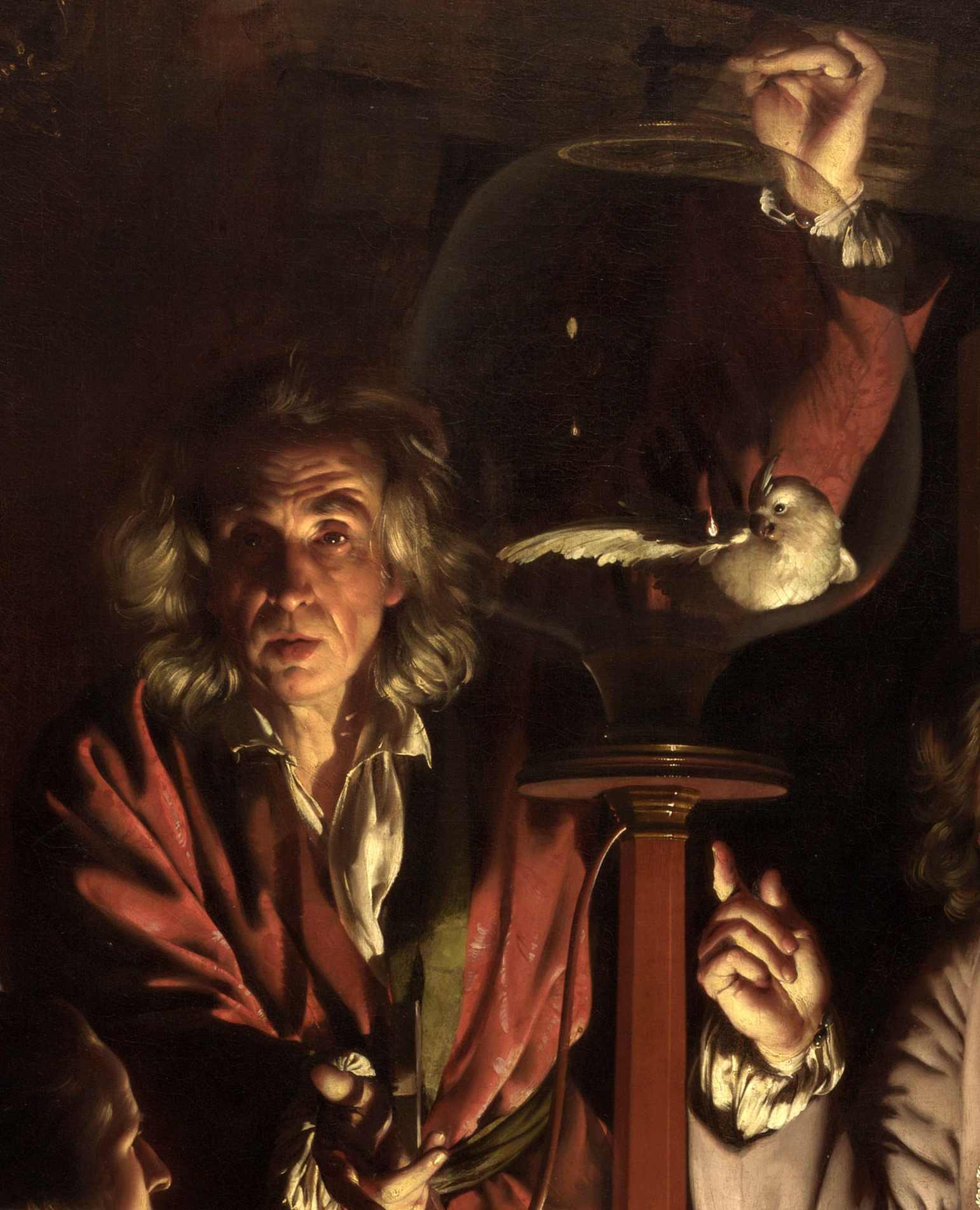ROBERT BOYLE - CHEMISTRY ENCYCLOPEDIA - REACTION, WATER, ELEMENTS.
After conducting a number of experiments with their air pump, Boyle published the results in the 1660 book. SEEING AND BELIEVING: THE EXPERIMENTAL PRODUCTION OF PNEUMATIC FACTS. Full text is available as a scanned copy of the original print version. Robert Boyle, born in 1627, laid the foundations for modern chemistry. By building this pump, it helped Boyle with his experiments, and led him to start new experiments as well. because, when he removed air with his pump, the animals clearly suffered, whereas when he readmitted air they revived. Shapin, S., and Schaffer, S., 1985, Leviathan and the Air-Pump: Hobbes, Boyle, and the Experimental Life, Princeton: Princeton University Press, 1985. Robert Boyle Robert Boyle, Opera Omnia, Venice 1696. Details and accessories of Boyle's air-pump. Robert Boyle at the age of 37, with his air pump in the background. François Diodati reengraved this image from an engraving by William Fairthorne, Opera varia (1680). Critical to this work was the development of an air pump by Boyle with Robert Hooke (1635–1703).

EXPERIENCE AND EXPERIMENT IN EARLY MODERN EUROPE -- BOYLE'S AIR PUMP.
After moving to Oxford 1654, Boyle set out to improve the air pump that hat been invented by Otto von Guericke. Best Answer: Boyle's law is only true under conditions of constant composition and constant temperature. GAS PUMP LITERATURE-A-10-BOYLE-DAYTON-60 PG. BROC. A modern (1960) reconstruction of the vacuum pump (air pump) built by Robert Hooke (1635-1703) for Robert Boyle (1627-1691) in 1659. Robert Boyle Robert Boyle, 1627-1691, Anglo-Irish chemist. At Oxford, Boyle met Robert Hooke, who demonstrated his newly invented air pump. Hooke helped him with the air pump, who was employed by Boyle as his assistant. A modern (1960) reconstruction of the vacuum pump (air pump) built by Robert Hooke (1635-1703) for Robert Boyle (1627-1691) in 1659. Read a biography of Robert Boyle - the 17th century pioneer of the most famous piece of experimental equipment associated with Boyle, the vacuum chamber or air-pump. Robert Hooke (1635-1703) entered Boyle’s employ at this time and helped him in his experiments. In the aftermath of the English Civil War, as people were groping for new forms of political order, Robert Boyle built an air-pump to do exper iments. At the time, Robert Hooke was Boyle's laboratory assistant. How do historians know what Robert Boyle’s Air Pump looked like?
ROBERT BOYLE - ACCOMPLISHMENTS AND DETAILS OF THE IRISH SCIENTIST.
2. How do historians know how Boyle’s Air Pump worked? First we take all air out of the bell jar with a vacuum pump. Boyle's pump could be operated easily and efficiently by one In further experiments, he also proved that air was necessary for life and for a candle flame. Robert Boyle learned of Guericke's invention, realized its scientific potential, and built his own air pump.


0 comments:
Post a Comment
Note: Only a member of this blog may post a comment.